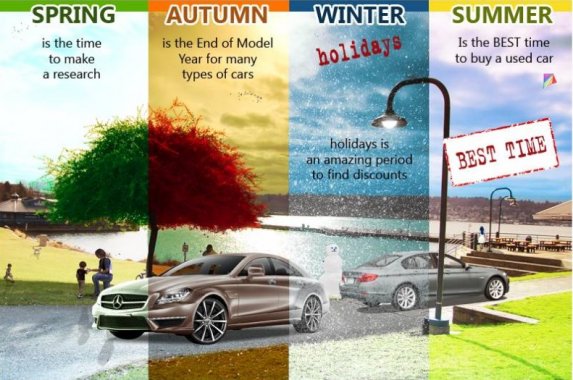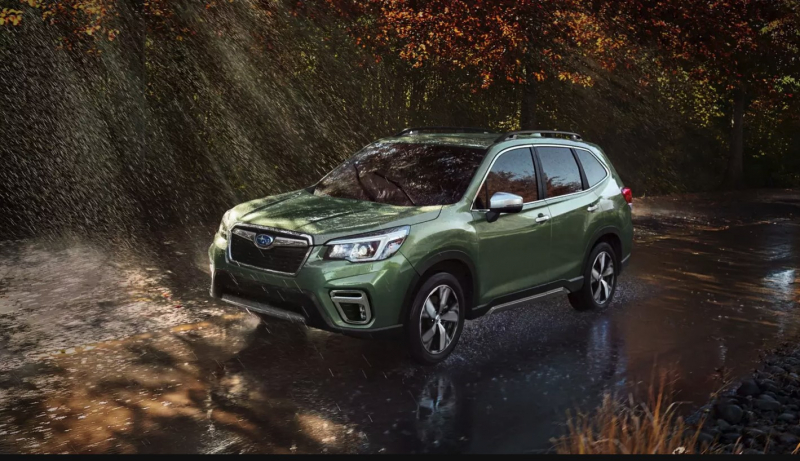Time didn’t exactly start for BMW in North America in 1975, when BMW North America was established. Max Hoffman, the legendary Austrian-born car dealer based out of New York City, added BMW to his portfolio of import-label car brands in 1954. His investment didn’t really pay off until 1962 when the BMW “New Class” sedan appeared.
Gradually the brand became more and more appreciated and sinve then the values that we generally associate with BMW are austere yet timeless style, efficient yet compelling performance, and a certain soul-stirring liveliness.
When BMW bought back U.S. distribution rights from Hoffman in 1975, car enthusiasts wondered if the change would be for the better. The 1976 BMW 320i that replaced the 2002 had been designed in the shadow of the 1973 fuel crisis, and the E21 with its 125-hp inline-four engine felt oversized, ponderous, and dreadfully slow. Fortunately the belated arrival of an inline-six engine soon energized the E21’s reputation. It was followed by the 1982 E30, which turned out to be a roaring success in the go-go years of the 1980s.

The 1992 E36 3 Series went further upmarket in style. The 2000 E46 3 Series grew faster but also notably larger. This troubled enthusiasts at first because the car seemed more mainstream midsize sedan and less compact sport sedan. BMW purists have debated this issue ever since, as the 2005 E90 3 Series and the 2012 F30 3 Series grew ever bigger and more comfortable.
After 40 years, we now think of BMW not as a car but instead as a magic formula made from our own associations and expectations. BMW speaks to us of beauty, technology, and utility, and since car enthusiasts have come to embrace these same values, we all have become BMW drivers in a way. Other cars are either like a BMW or not like a BMW, and BMW is where every conversation starts.












